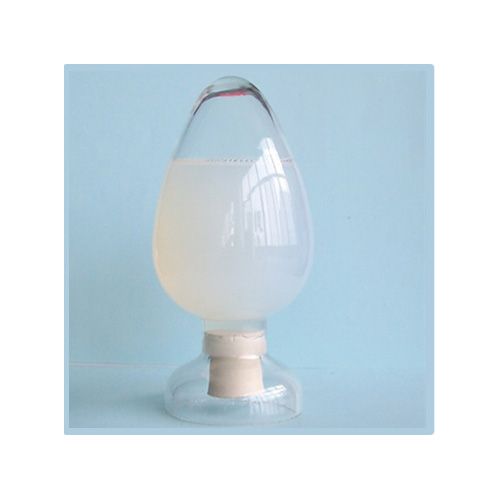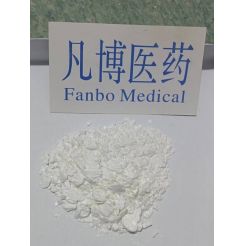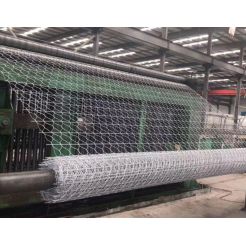Quartz Sand In Solar Cell
Product Description
https://www.gysilica.com/recommended-products/quartz-sandy-in-solar-cell.html
Improving the productivity of solar modules, inverters, and heat pumps will require building more and larger factories around the world (not just in China) to not only assemble these modules, but also to produce the parts and components needed to make them. This is the more complex of the two problems and will require time, expertise, investment, and most likely a lot of government support to build (or rebuild) domestic manufacturing capacity for the various products needed.
To give you a more concrete understanding of this, here is a brief overview of what it takes to make a solar panel.
What is a solar module?
First, it's helpful to understand what a solar module is, especially because the terminology can be a little confusing (for example, a solar panel can refer to a single solar module or a row of solar modules connected together).
So let's be clear here about how we use terminology. The way we use the terminology here is that a solar module refers to a group of solar cells arranged as a unit and held together by a frame (in other words, you could call it a single solar panel). But we'll reserve the term solar panel to refer to a row of solar modules connected together.
A solar array is a group of solar panels connected together (literally, rows of solar modules). Finally, a photovoltaic system consists of an array of solar cells, along with solar inverters, batteries, and more, which are necessary for a small solar power plant to fully operate.
So, solar modules. We've all seen them on rooftops, but what exactly are they?
Although thin and flat, solar modules are made up of multiple parts. The solar cells in a solar module are arranged in a flat layer, giving the solar module a grid-like appearance, and convert sunlight into electricity by shunting electrons (which are negatively charged) to create a charge difference between one location and another, which generates electricity.
This layer of solar cells is sandwiched between top and bottom clear plastic films, which hold all the solar cells in place. This layer of solar cells is sandwiched between two sheets of clear glass for protection and waterproofing.
In most types of solar modules, there is a durable plastic sheet underneath the bottom glass. This plastic sheet can be black (for aesthetics), white (to increase the solar module's efficiency in using sunlight by reflecting some of the uncollected sunlight back to the solar cells to generate more electricity), or clear (to allow light to pass through, for example, if you are using the solar module as a sunshade but don't want to block too much light).
The assembly is fixed inside an aluminum frame, and a junction box with diodes and electrical connectors is placed at the base of the solar module, and it’s ready to be mounted on your roof!
There’s nothing special about the glass, plastic, aluminum, and wire components of a solar module.
Their manufacturing may not be what’s holding us back from an exciting, clean, new, renewable world where cars quietly zip by, emit no pollutants and greenhouse gases, and everyone’s home is almost completely self-sufficient. However, our ability to manufacture solar cells and assemble them into solar modules is another story.
We absolutely need to build more factories to produce solar cells and assemble them into modules, or we really will be decades away from fully achieving renewable energy generation. Imagine all the walls, rooftops, and fields suitable for agricultural solar energy in the world waiting for photovoltaic systems, and there are only a few factories currently located, mainly in China.







